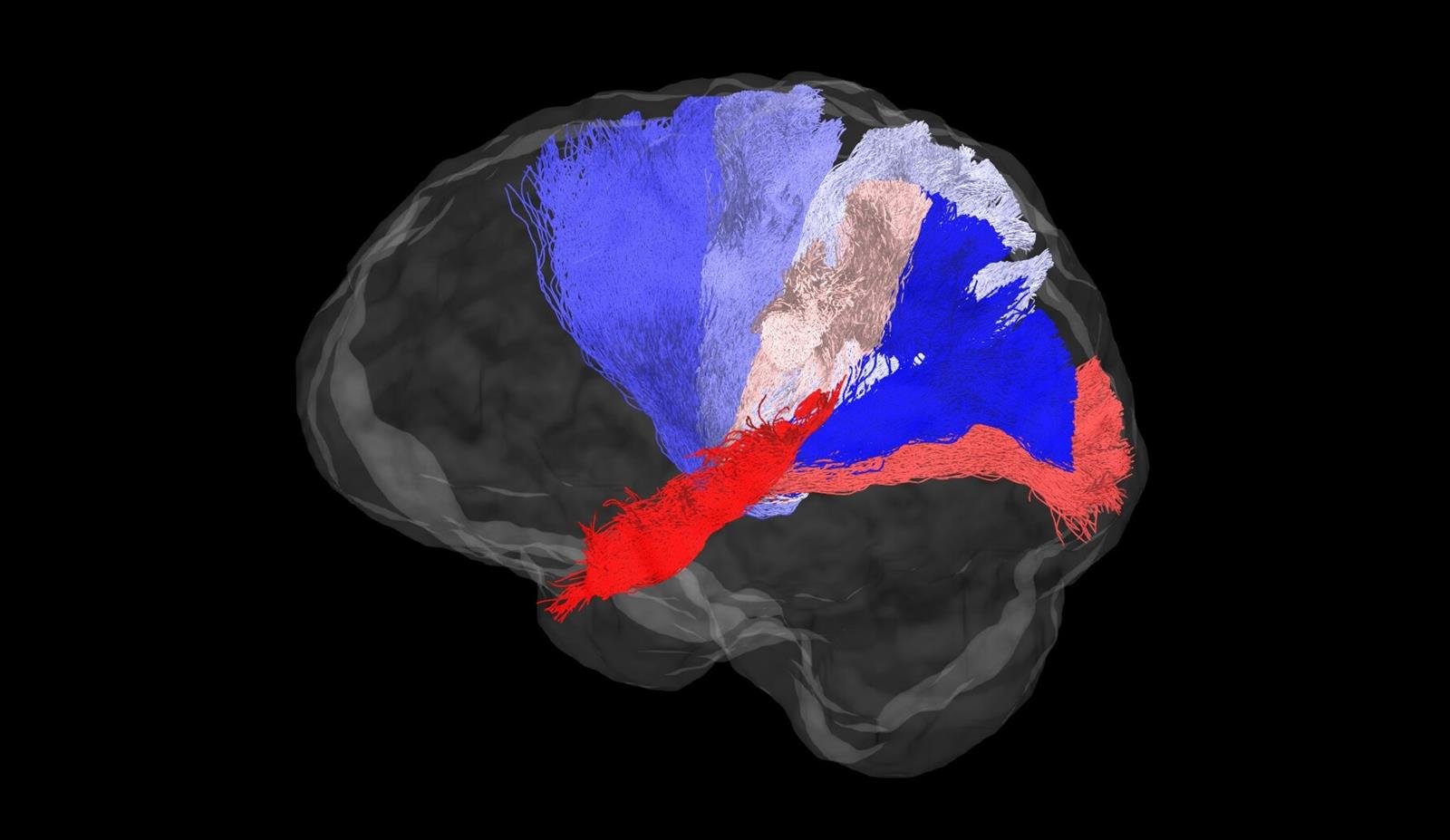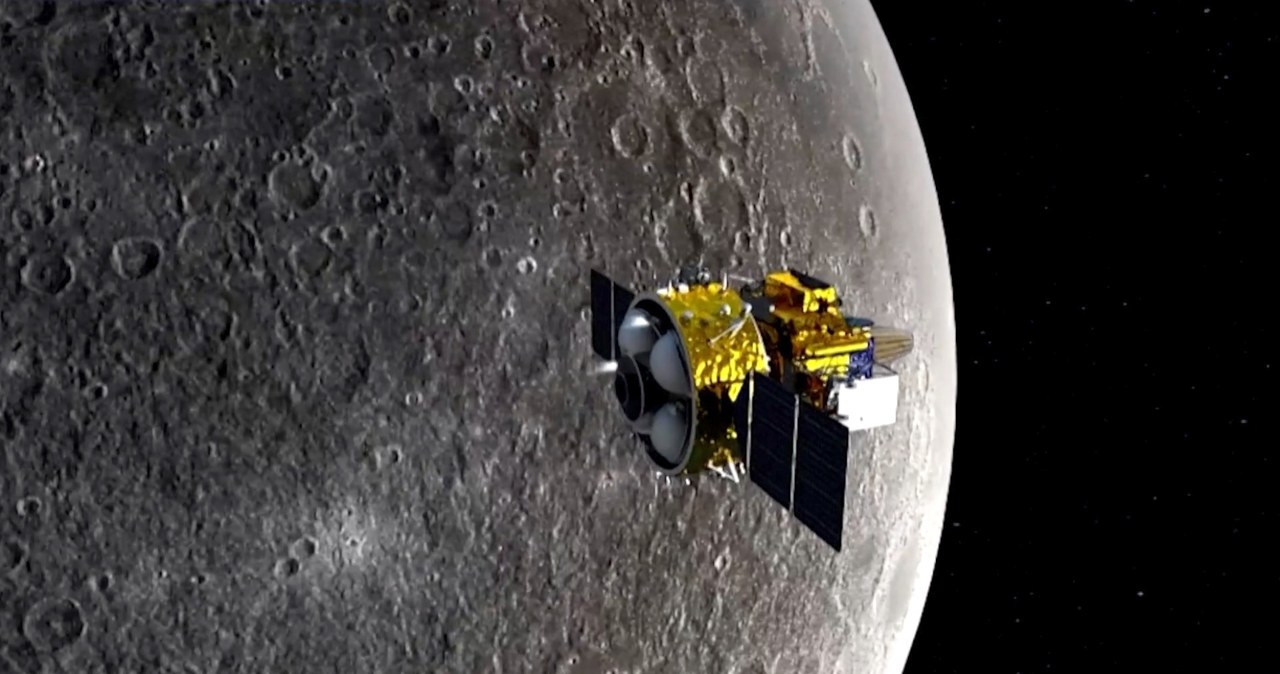The OSIRIS-APEX mission has begun to better understand the asteroid Apophis. This object is interesting to scientists for many reasons, but one of the most important is the close distance to Earth that the object will actually be in 2029. The information collected during the mission will help in planetary defense in the future.
The OSIRIS-REx mission ended in September this year with the delivery to Earth of a capsule containing a sample of the asteroid Bennu. However, the probe that performed this unique feat will not be retired, its target has become another asteroid that will soon visit us.
Closer than satellites
According to NASA, the OSIRIS-REx mission is now OSIRIS-APEX. Its target will be the object (99942) Apophis, an asteroid with an elongated shape and about 340 meters long. It is an interesting research target for many reasons, including the fact that it approaches Earth approximately every 7,500 years at a distance of only 32,000 kilometers. The next visit will be in 2029.
“As part of the OSIRIS-APEX mission, we will examine Apophis immediately after it passes by Earth, which will allow us to see how its surface changes as it interacts with the planet’s gravity,” explained Amy Simon of NASA's Robert Goddard Space Flight. center.
At the peak of the phenomenon, Apophis will be closer to Earth than some satellites. NASA suspects that under the right conditions, the object could be visible to the naked eye to observers in the Eastern Hemisphere. The object will also be tracked by ground-based instruments, but only for a short time because the asteroid will be fast in front of the Sun. The probe will accompany it for 18 months.
A close collision of the asteroid Apophis with Earth will occur on Friday, April 13, 2029NASA/JPL-Caltech
Gravity changes
After approaching the asteroid, OSIRIS-APEX will begin observing it and analyzing the surface structure and chemical composition of the object. Although the probe this time will not send samples to Earth, it will approach it to a distance of several meters and direct its engine nozzles towards it, which will raise the dust deposited on it and allow it to be examined in detail.
As scientists explain, a close encounter with Earth will affect the orbit of Apophis and the length of a local day, which currently lasts 30.6 Earth days. Earthquakes and landslides may also occur on the asteroid, revealing materials previously hidden beneath the surface.
– Such a close encounter with an asteroid is a natural experience. We know that tidal forces and the accumulation of a layer of rock fragments are the fundamental processes responsible for planetary formation. Studying it could tell us a lot about how entire planets form from rock fragments, said Danny Mendoza-Delagiostin of the University of Arizona in Tucson, OSIRIS-APEX's chief expert.
The project will also be important for planetary security, because most potentially dangerous asteroids have a structure similar to Apophis. Unlike carbon-rich Bennu, this body is composed primarily of silicon, nickel, and iron, and a better understanding of these types of celestial bodies could help us defend against cosmic threats in the future.
Main image source: shutterstock | Illustrative image

Echo Richards embodies a personality that is a delightful contradiction: a humble musicaholic who never brags about her expansive knowledge of both classic and contemporary tunes. Infuriatingly modest, one would never know from a mere conversation how deeply entrenched she is in the world of music. This passion seamlessly translates into her problem-solving skills, with Echo often drawing inspiration from melodies and rhythms. A voracious reader, she dives deep into literature, using stories to influence her own hardcore writing. Her spirited advocacy for alcohol isn’t about mere indulgence, but about celebrating life’s poignant moments.







